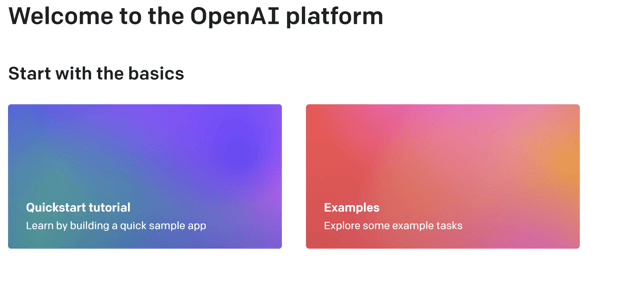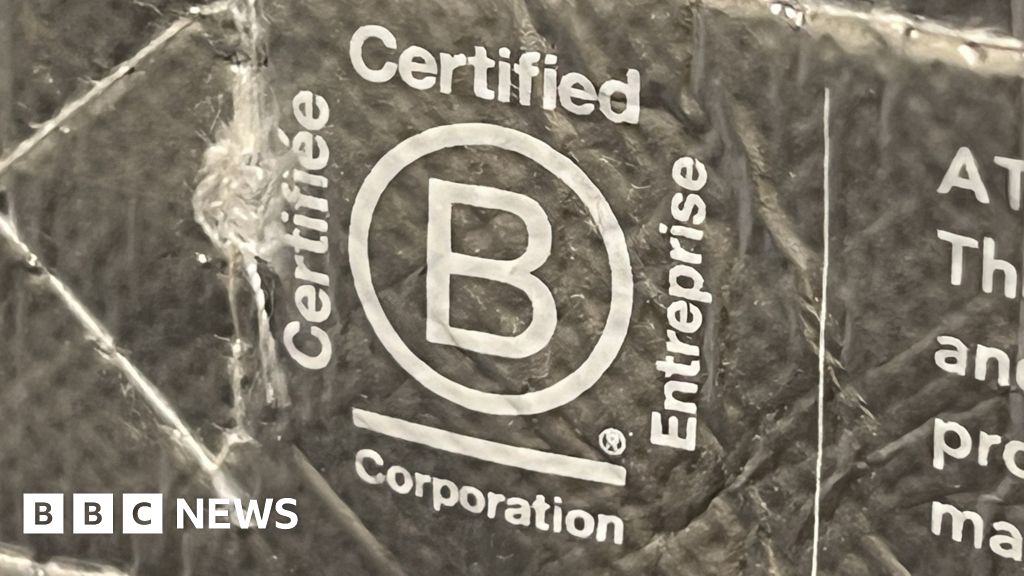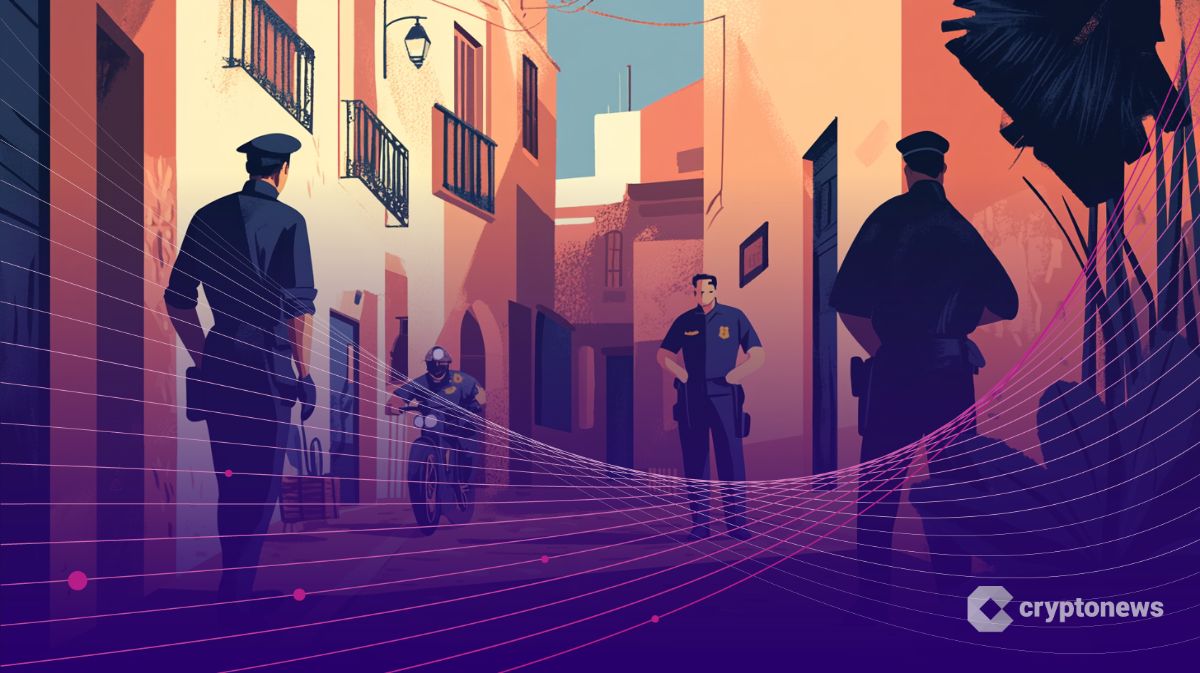Since its launch in 2022, OpenAI’s ChatGPT has seen a massive boost in popularity. The conversational AI service amassed 1 million users in just five days, and 53% of marketers report using chatbots like ChatGPT in their role.
However, you’re probably curious to know if there are any ChatGPT alternatives that better suit your needs as a marketer. If so, you’ve come to the right blog. This article will explore different ChatGPT alternatives and their unique features.

Free ChatGPT Alternatives
If you’re looking for an economical alternative to ChatGPT, the following free AI alternatives fit you.
1. Bard
Google’s experimental conversational generative AI chatbot uses NLP and machine learning to respond quickly to various inquiries.
Bard boats a user-friendly interface and multiple handy features, including the ability to edit previous questions and restart conversations at any point.
The chatbot’s other features include the ability to:
- Generate texts,
- Translate languages,
- Answer questions,
- Generate creative content,
- Give thumbs-up or thumbs-down responses
And because Bard is a product of Google, the chatbot also includes Google Assistant and Alexa integration, and it can use Google’s search engine for the most up-to-date information.
Bear in mind, however, that Bard is still in its infancy and is not yet available worldwide. For now, it’s only available to U.S. and UK-based customers.
2. Bing AI
Google isn’t the only search engine dabbling in AI. Bing AI is an AI-powered search engine developed by Microsoft. Bing AI gathers answers from the web to answer users’ inquiries.
Unlike ChatGPT, Bing isn’t solely an AI language model, meaning it has internet access and can browse the web to find documents, videos, and more. Bing AI’s other capabilities include:
- Personalized recommendations
- Conversation style options: balanced, creative, and precise
- Able to be used natively on Apple and Android devices.
Bing AI is most helpful if you use the Microsoft Edge browser and want personalized search results. Furthermore, Bing Ai can be integrated with Microsoft Office and Microsoft Teams, making it an excellent tool for your business.
Image Source
3. YouChat
This AI-powered chatbot search engine is featured on You.com and answers queries via messaging. With natural language input, users can conversationally receive answers.
YouChat leverages a combination of language models and algorithms to provide accurate, relevant, and intuitive responses. Moreover, YouChat can provide more personalized results over time by learning from user input.
The AI chatbot is available via various platforms, such as the web and mobile. Furthermore, it can integrate with messenger apps like Facebook Messenger and WhatsApp.
And if you’re conducting research, YouChat can provide citations for its answers so you can fact-check and verify your findings easily.
Image Source
4. Poe by Quora
A unique feature of Poe by Quora is its ability to give users access to multiple chatbots to generate the necessary answers and content. With Poe, users can access ChatGPT, Sage, Claude, GPT-4, and Dragonfly.
Each chatbot has its own perks and strengths, so you can try each to see which works best for you.
According to Quora, Poe is the fastest interface to ChatGPT, and it’s the only consumer product with access to Claude, a state-of-the-art language model.
Poe’s responses also include “Wikipedia-style links,” meaning users can click on phrases to learn more about topics the model mentions.
Another handy feature is Poe’s cross-platform sync which allows the AI to sync your chats in real-time across platforms, so you can start a conversation on a desktop and continue it on iOS.
If you’re looking for an AI writing assistant, you’ll most appreciate Poe’s access to Sage. Sage provides suggestions for improving grammar, syntax, and writing style. It also highlights words and texts for your to expand upon in your writing.
Image Source
5. HubSpot’s AI Tools
HubSpot has a few free AI tools available to marketers and business owners. For example, HubSpot’s Campaign Assistant can generate copy for landing pages, emails, and ads.
Just provide Campaign Assistant with key details from your campaign, and the assistant will generate copy for your preferred platform.
If you need help with the content ideation process, you’ll want to check out HubSpot’s content assistant. The tool utilizes OpenAI’s GPT model to help your team quickly ideate, create, and share content. HubSpot’s content assistant can:
- Generate blog ideas, outlines, and paragraphs
- Write prospecting emails
- Create marketing emails
Lastly, ChatSpot is HubSpot’s conversational CRM bot that sales, marketing, and service professionals can connect to HubSpot to boost their productivity.
With chat-based commands, you can use ChatSpot to send follow-up emails, pull reports, create new segments, and more.
Image Source
Get started with HubSpot’s AI tools
Best ChatGPT Alternatives
6. ChatSonic
ChatSonic is a chatbot part of WriteSonic’s suite of AI-powered writing tools.
Powered by CPT-4, ChatSonic uses natural language processing and algorithms to understand context and nuances at a higher level than the free version of ChatGPT.
The platform also suggests sentence structure, word choice, and tone to create excellent, well-crafted content. Moreover, ChatSonic can create digital artwork and take voice commands.
Even better, ChatSonic offers a wide array of templates to amplify your writing, and its Content Rephrase tool can recycle your content in a different tone or style, depending on your preference.
ChatSonic’s template library is especially handy for writing social media copy, website copy, and E-commerce content.
Cost: Plans start at $12.67 per month
Image Source
7. Megatron-Turing Natural Language Generation
NVIDIA and Microsoft collaborated to create Megatron-Turning Natual Language Generation — one of the largest language models with 530 billion parameters.
According to NVIDIA, this platform “demonstrates unmatched accuracy in a broad set of natural language tasks,” including:
- Completion prediction
- Reading comprehension,
- Commonsense reasoning,
- Natural language inferences,
- Word sense disambiguation
Image Source
Price: Megatron’s pricing structure is only accessible by submitting a request to NVIDIA’s Early Access Program.
8. Jasper AI
Jasper AI is a writing software that helps marketers, business owners, and brands write accurate SEO-friendly content quickly. Its feature, Jasper Chat, is especially helpful for those familiar with ChatGPT.
Jasper Chat allows users to generate content using natural dialogue. Jasper AI can generate content for ads, social media, email, blogging, website content, and more.
Additionally, Jaspers has over 50 AI-powered writing templates, supports more than 20 languages, and can generate digital art.
Price: Pricing starts at $49 per month
Image Source
9. Perplexity
Another free alternative to ChatGPT, Perplexity offers conversation responses and content generation.
The platform is powered by large models and collects information from places like Wikipedia, LinkedIn, and Amazon. It also cites its sources.
You’ll likely enjoy Perplexity’s simple interface; however, bear in mind that Perplexity is still in its beta phase and will sometimes display the information it finds as is.
If you decide to use Perplexity for research purposes, ideation, or content generation, be sure to do your due diligence to not use any plagiarized work.
Image Source
Price: Free while still in beta
10. OpenAI Playground
Though not intended for everyday users, OpenAI Playground functions a lot like ChatGPT and allows users to experiment with various language models.
OpenAi Playground is a great way to experiment with advanced functions found in ChatGPT, and it is known for its accuracy and speed.
Price: As mentioned above, OpenAI Playground is not for everyday users. The platform is free to use initially (if you have an account), but you’ll have to choose a premium subscription if you become a frequent user.
There is a token system for pricing. Click here to learn more.
 Image source
Image source
There are many ChatGPT alternatives to choose from, all you need to do is assess your needs and find the platform with the tools to help you brainstorm, refine, and generate your content. You know some of your options.
Now you’re ready to start experimenting with AI or leverage it if you’re already familiar.

Credit: Source link











